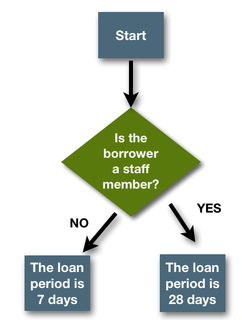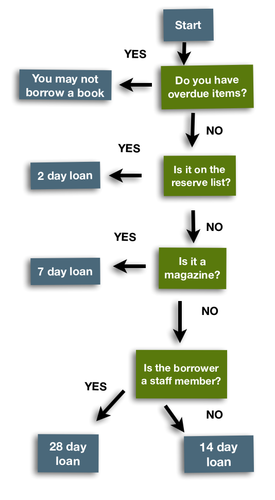We spend a lot of time in school getting students to learn sequential information – timelines, progressions, life cycle of a moth, steps for how to. Typically the teacher teaches the student the sequence and the student correctly identifies the sequence for teacher on the test. Thus we treat a sequence as a ordered collection of facts to be learned, not as a thinking process for students to use. This memorization reduces the student's "mastery" of the chronology to lower order thinking. I was guilty of this when I first started teaching history "Can someone give me two causes and three results of WWII?"
When students are asked to observe a process and develop a sequence they have an opportunity to use a full spectrum of higher-order thinking skills – they must recognize patterns (analyze), determine causality (evaluate) and then decide how they would communicate what they've learned to others (create). Sequencing can be taught across the curriculum at a variety of grade levels – we simply have to ask the students to observe and do the thinking.
There is some interesting research that demonstrates that students have trouble when asked to develop sequences. It comes from the Program for International Student Assessment. PISA is an assessment (begun in 2000) that focuses on 15-year-olds' capabilities in reading literacy, mathematics literacy, and science literacy. PISA studied students in 41 countries and assessed how well prepared students are for life beyond the classroom by focusing on the application of knowledge and skills to problems with a real-life context. For more examples of PISA questions and data see my blog post.
Sample sequencing problem from PISA 2003.
The Hobson High School library has a simple system for lending books: for staff members the loan period is 28 days, and for students the loan period is 7 days. The following is a decision tree diagram showing this simple system:
The Greenwood High School has a similar, but more complex library lending system:
All publications classified as “Reserved” have a loan period of 2 days.
For books (not including magazines) that are not on the reserved list, the loan period is 28 days for staff, and 14 days for students. For magazines that are not on the reserved list, the loan period is 7 days for everyone.
Persons with any overdue items are not allowed to borrow anything.
Task
Develop a decision tree diagram for the Greenwood High School Library system so that an automated checking system can be designed to deal with book and magazine loans at the library. Your checking system should be as efficient as possible (i.e. it should have the least number of checking steps). Note that each checking step should have only two outcomes and the outcomes should be labeled appropriately (e.g. “Yes” and “No”).
The student results were rated on a rubric scale. Only 13.5% of US students were able correctly answered the question. Their international 15-year-old peers didn't fare much better – 14.3% of them answered correctly.
The correct response looked something like this.



This is a brilliant idea? How do I go about teaching sequencing in history lessons? Hmmm… maybe if I design lessons around “should Assyria go to war? vs. “Should the US go to war?”
design a decision tree where the options presented in class — to attack, to defend, to wait for an embassy, to send an embassy, or to exchange ambassadors — are laid out for the king to choose a course of action.
Andrew,
A “go-to-war” decision tree would be a great project for students to design. It would give them a chance to explore causality, continuity and change. Then they could share their trees in a peer review. Of course along the way they would have to master the content to assess the validity of their trees.
Might I suggest that after you model the process by letting them design a decision tree for something they are very familiar with first – hobby, sports, etc. Then after they peer review that, they’ll be more ready for the Assyrians!
The key is students design the sequence, not simply memorize the one we give them.
Good luck. If you get some product out of the project feel free to share!
As teachers we need to develop lessons that require more upper level Blooms Tax. This will take more time in preplanning, but its worth the outcome of students not just memorizing what they have learned, but actually utilizing the material to produce a product.
Angela,
I agree with you- the time invested in planning will more than pay off.
To paraphrase Tim Hurson, Education is about increasing the patterns that students can use, recognize, and communicate. When it comes to learning and recall, patterns can be more important than facts.
I’ve been guilty of this myself, just teaching the first, second, third approach. Some texts/processes are more complicated than that. It really is a higher-order thinking process.
I was looking for ideas concerning sequencing. I was excited to see the library example for I am a high school librarian. I noticed my students lacking this skill. I didn’t even think about flowcharting as a method to teach the higher order thinking involved.
I do not recall being taught sequencing. What I do recall is having a lot of time to analyze patterns and sequences in kindergarten. We were taught to observe and play with the world around us instead of sentence writing and the goal of reading at a first grade level.
Could it be we have lost sight of the importance at the lower levels to encourage observation and pattern play?
Lori, I think there’s many skills / habits of mind that kindergarteners possess, that erode over time – creativity, inquiry …. sad isn’t it.
Thanks for your comment. ~Peter